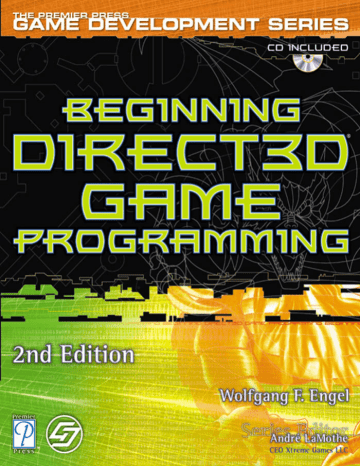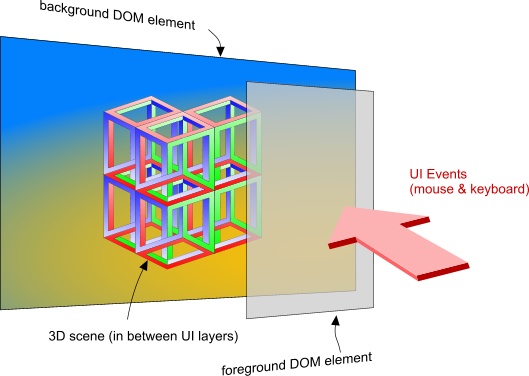


To use these new composable components from the entry point of your application, you can use the application function (or, in the context of a suspending function, awaitApplication): Unlike their predecessors, these new implementations are all meaning they adhere to the same concepts of state management, behavior, and conditional rendering as any other component in your application.

One of the biggest changes in this milestone release of Compose for Desktop is the introduction of a new experimental set of abstractions for Window, Dialog, MenuBar, and Tray. Let’s learn more about these new features! Composable Window APIs
#Direct3d overrider gui full#
Rendering improvements, including an all-new Metal-based renderer on macOS, and the ability to switch between integrated and discrete video cards for hardware accelerationįor further information, including a selection of bugs that we fixed in this release, have a look at the full changelog. Text field improvements surrounding undo/redo, as well as selections. Better support for pointer events, including access to native events to distinguish between the different mouse buttons. A new, experimental API for managing windows, dialog boxes, menu bars, and tray icons, now based on the mechanism. In this post, we’ll walk you through some of the highlights of this release. More desktop UI goodies are coming your way! Milestone 4, the latest version of Compose for Desktop, comes packed with features to help you build even better Kotlin desktop applications with modern, declarative user interfaces based on Google’s modern toolkit.







 0 kommentar(er)
0 kommentar(er)
